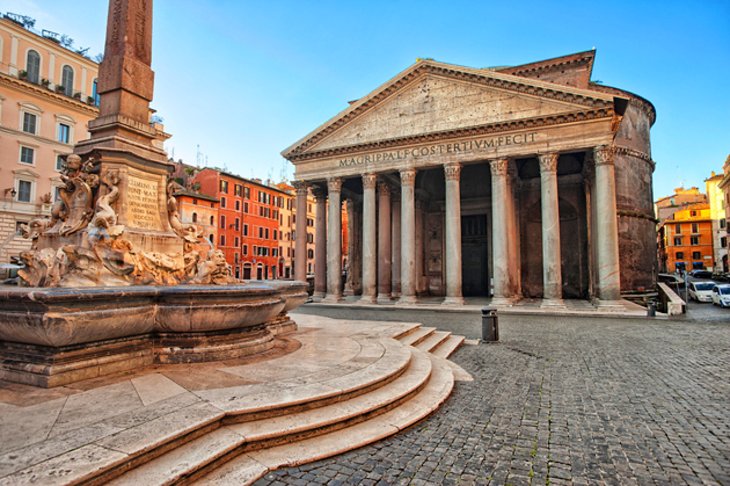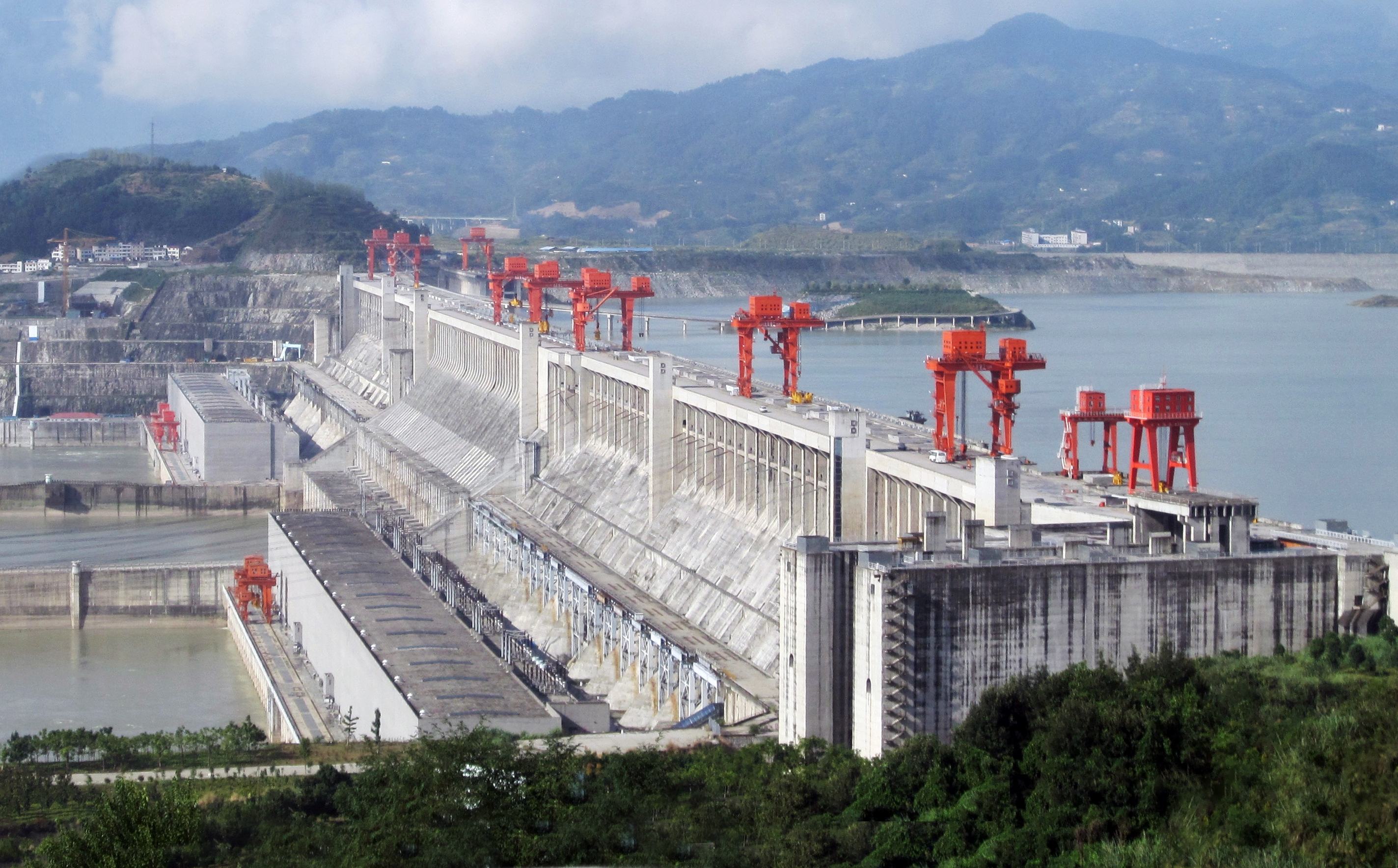Modern engineering produces amazing results. You can see these on the roads, the homes and buildings, the utility poles, and the vehicles going to and from your community. These are all products of people’s efforts and the tools in their hands.

Even though most will not know how these are built, the beauty of it is that consumers don’t really need to know that.
But behind the mystery and marvel, those in the know of the concrete saw cutting, understand that architecture and structural engineering still boil down to basics like people using hammers and nails and doing cutting with the use of a saw to come up with the needed materials.
The use of saw to cut is typically associated with nature and with sawing wood for campfires, make-shift shelters, walking sticks, concrete and shelters.

But besides these, saw cutting is a must in several industries. For instance, there is metal saw cutting which is done from the framing of vehicles and automobiles to creating the mesh rebar that is used in the paving of many roads.
Concrete Saw Cutting
Concrete saw cutting is also done to deconstruct things. Law enforcement agents sometimes need to cut through fences or even vehicles. Power saw cutting is used to get past locks of rental storage units so that the abandoned goods inside can be taken and auctioned off.
RELATED: What is Concrete Cutting?
But no matter the purpose, remember that using a saw is dangerous. If used improperly, it can damage what is being cut and hurt or even kill people. Safety goggles are a must with any power saw, and the person handling the saw must have the proper training.
RELATED: Tips on Safe and Efficient Concrete Cutting
Given the risks, a person must know how to use the saw safely. Good thing that this skill, coupled with experience can be useful and profitable.
Note that working with concrete is an art form and there’s definitely a market for concrete furniture, carvings, and other products.
Besides this, you’ll also have employment opportunities in the construction industry, particularly if you know how to saw cutting a concrete.





































